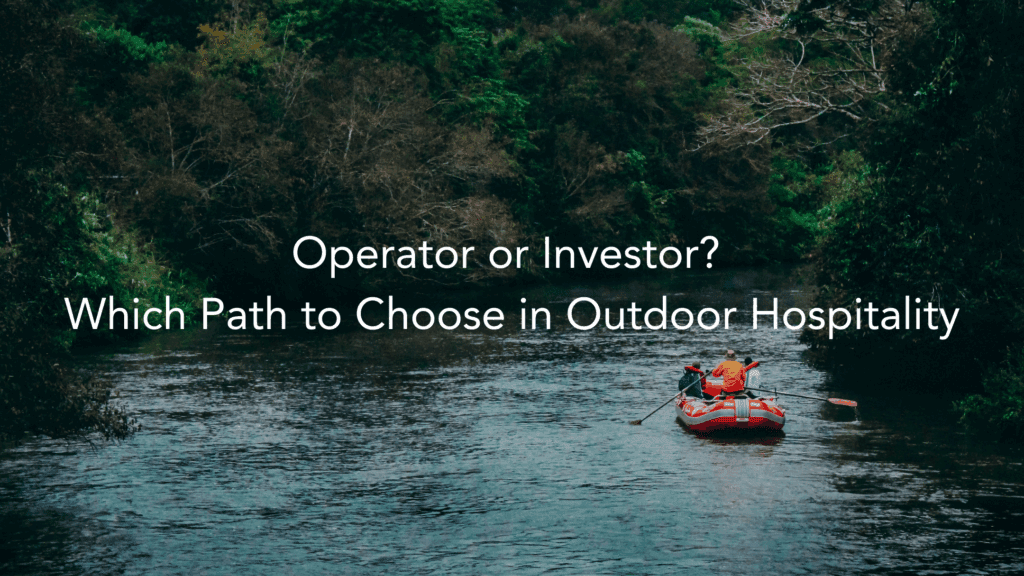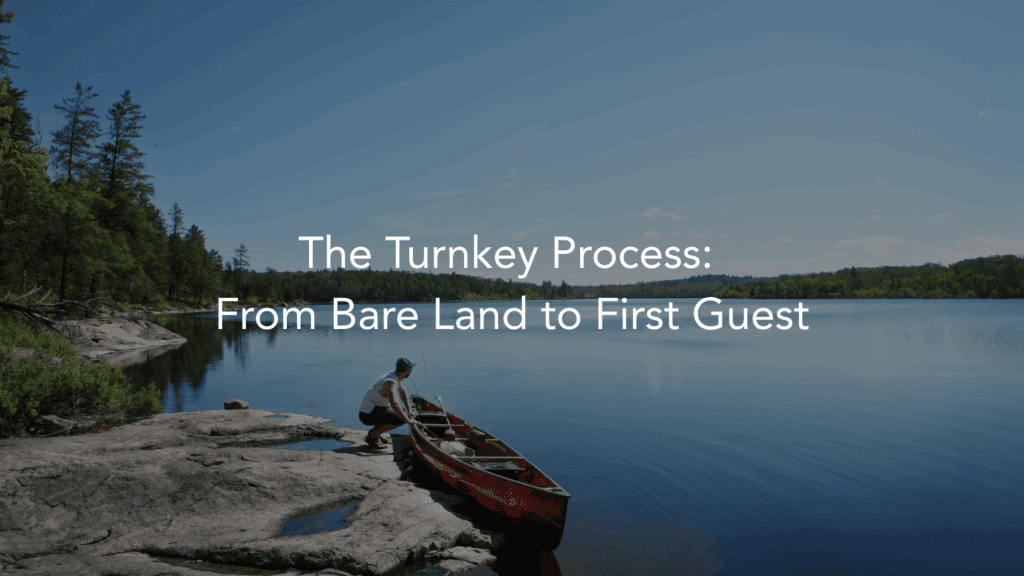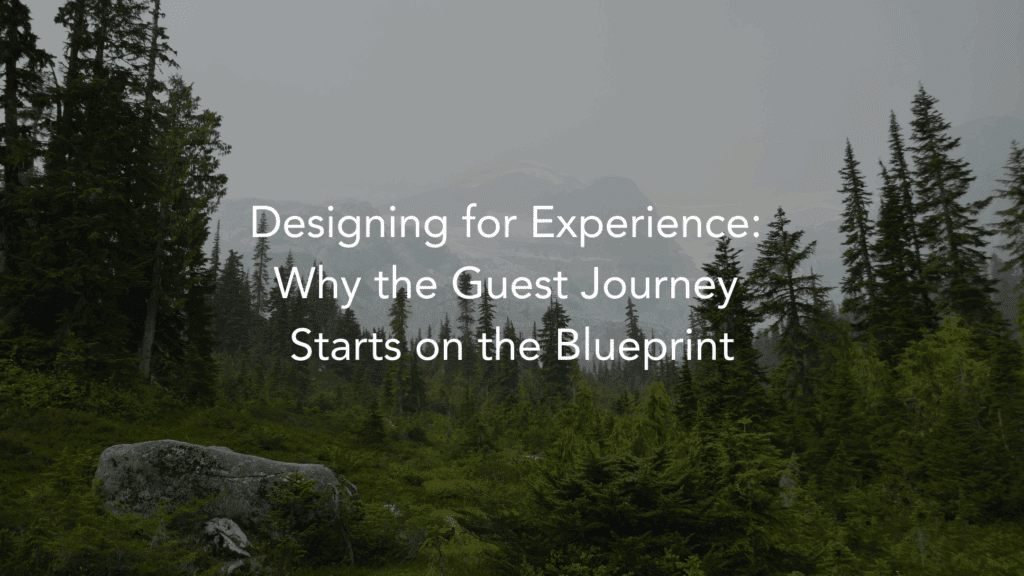Luxury outdoors is not as simple as putting walls in nature. Guests come for immersion — the view, the quiet, the sense of place — but they also expect to sleep warm in winter, cool in summer, and dry through the rain. Add bathrooms, power, and year round reliability, and the challenge becomes clear: how do you combine closeness to nature with dependable comfort, without overbuilding or disrupting the land? That is where the right formats matter. Harmony focuses on three proven structures — geodesic domes, tiny homes, and log homes. Each fits smoothly into the landscape, delivers four-season performance, and can be installed quickly. Together they cover most concepts an operator or investor might want to create.
Geodesic Domes
Domes bring a light footprint and strong performance. Their steel frames and insulated membranes are engineered for heavy snow, high winds, and strong sun. The form itself is efficient — less material, more volume — so they go up fast and run lean. Inside, you can create a panoramic guest space that feels open to the surroundings while still protected from them.
Tiny Homes
Tiny homes are compact but full-featured. They carry everything guests expect — beds, bathrooms, kitchens — in a small footprint that is simple to install and easy to operate. Their scale makes them flexible: one can stand alone as a private retreat, or several can be grouped into a community. For investors, the benefit is clear — lower material use, faster build time, and units that still deliver a high level of comfort.
Log Homes
Log homes carry a different quality — warmth, weight, and tradition. Built from pressed and glued lumber, they insulate naturally and regulate humidity well. They feel authentic in mountain, lake, or forest settings, and can be scaled from small cabins to large family lodges. Guests value the solidity and tactile comfort of wood, while operators appreciate the durability and long life cycle.
Why These Three
These formats dominate the demand curve today: domes for uniqueness and views, tiny homes for efficiency and scaling, and log homes for traditional comfort with modern reliability. Together, they allow a site to be developed quickly, with minimal disruption, and to offer guests both immersion and convenience in every season. If you are exploring a project, these are the formats to start with. Each is proven, in demand, and available to tailor. To learn more, you can book a call — we will walk through which option best fits your site and your goals.





